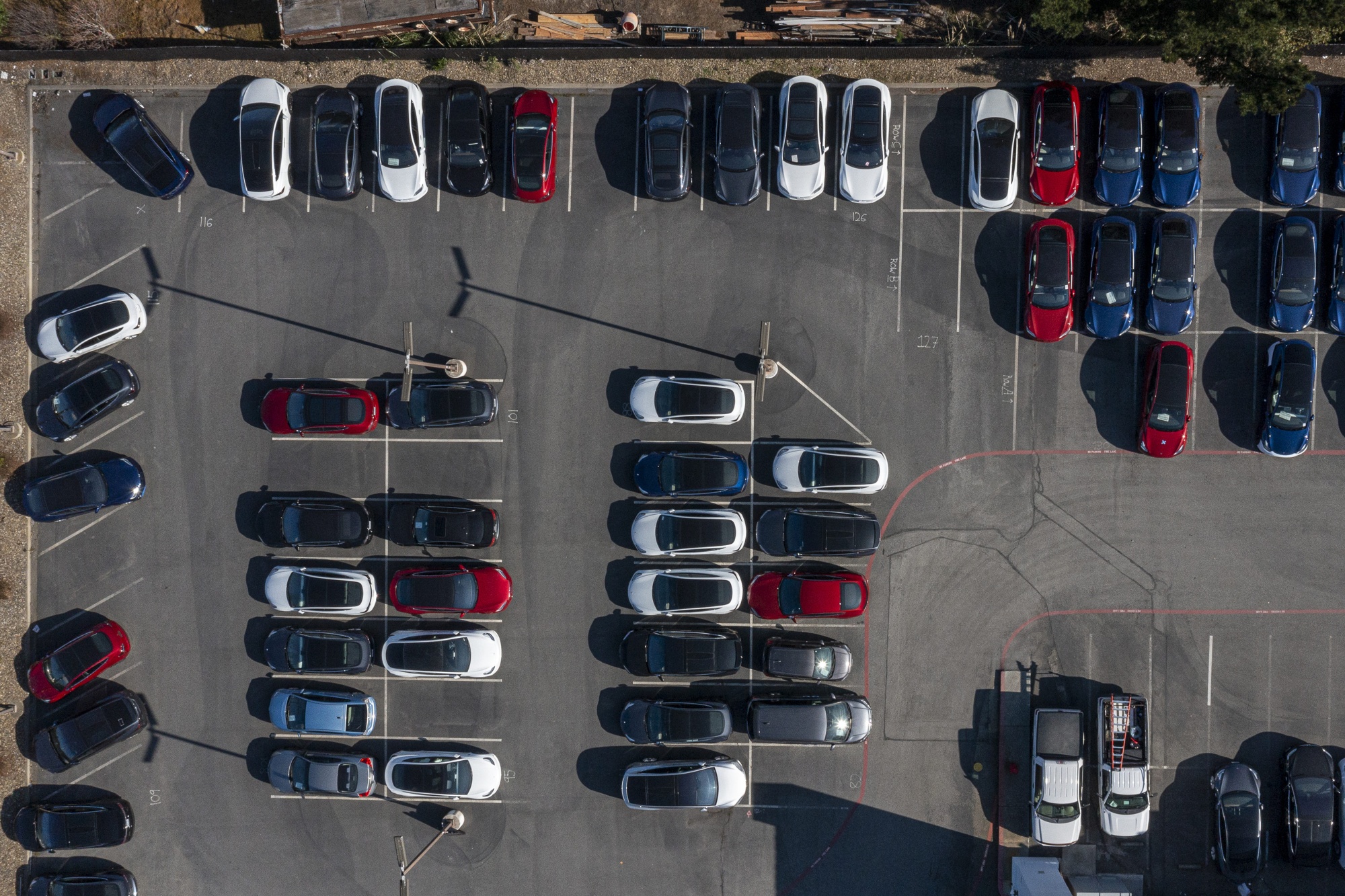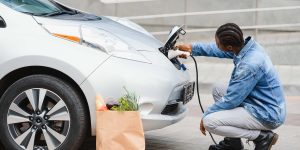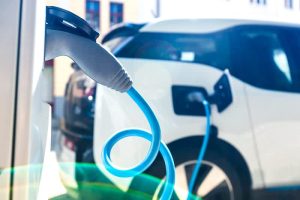- 4 March 2024
- 388
Future of Electric Cars 2024: Unlocking the Potential

Introduction:
Future of Electric Vehicles: In recent years, the automotive industry has witnessed a remarkable transition towards sustainable transportation. With electric vehicles (EVs) emerging as pioneers in this transformative journey. As we step into 2024, the horizon for electric vehicles shines brighter than ever. Marked by groundbreaking advancements, heightened accessibility, and widespread acceptance. This article embarks on a comprehensive exploration of the EV landscape, unraveling key trends, navigating challenges, and embracing the myriad opportunities shaping the future of automotive innovation.
Expanding Charging Infrastructure: Paving the Way for Seamless Mobility

The adoption of electric vehicles hinges on the evolution of charging infrastructure. A pivotal aspect dictating the feasibility and convenience of electric mobility. In 2024, substantial strides are being taken to bolster charging networks on a global scale. Collaborative efforts between governments and private entities are fueling investments in the deployment of fast-charging stations. All across highways, urban centers, and public parking facilities. This concerted infrastructure expansion not only addresses concerns regarding range anxiety. But also facilitates long-distance travel, reinforcing the appeal and practicality of electric vehicles.
Technological Innovations: Revolutionizing the Future of Electric Vehicles
The year 2024 heralds a paradigm shift in electric vehicle technology, driven by relentless innovation and pioneering breakthroughs. Manufacturers are pushing the boundaries of engineering to enhance the performance, efficiency, and user experience of electric vehicles. Advancements in battery technology, including the advent of solid-state batteries and enhanced energy density. Extending the range of EVs while significantly reducing charging durations. Furthermore, the integration of AI-powered autonomous driving capabilities is redefining mobility, promising heightened safety and unparalleled convenience for passengers. The convergence of these technological marvels not only propels the electric vehicle industry forward. But also ushers in a new era of transportation innovation.
Market Dynamics and Consumer Adoption: Fueling the Future of Electric Vehicles
At the heart of the electric vehicle revolution lies consumer preference, a driving force shaping market dynamics and industry growth. In 2024, a surge in consumer interest is observed, fueled by a heightened environmental consciousness, augmented government incentives, and plummeting EV prices. As automakers ramp up production and introduce a diverse array of electric models, consumers are presented with a myriad of choices, making the transition to electric mobility more enticing than ever before. This surge in demand not only accelerates the adoption of electric vehicles but also underscores the pivotal role of consumer acceptance in shaping the future automotive landscape.
Environmental Sustainability: Future of Electric Vehicles
The transition to electric vehicles signifies a pivotal step towards environmental sustainability, offering a tangible solution to combat climate change and mitigate carbon emissions. By reducing dependence on fossil fuels, electric vehicles play a crucial role in curbing air pollution and preserving natural resources. In 2024, concerted efforts are underway to integrate renewable energy sources, such as solar and wind power, into the charging infrastructure, further enhancing the eco-friendliness of electric vehicles. This symbiotic relationship between electric mobility and environmental preservation underscores the transformative potential of electric vehicles in building a greener and more sustainable future.
Navigating Challenges: Future of Electric Vehicles

Despite the promising trajectory of electric vehicles, several challenges loom on the horizon, necessitating strategic interventions and collaborative efforts. Addressing range anxiety remains a paramount concern, underscoring the need for continued expansion of charging infrastructure and the development of high-capacity batteries. Additionally, affordability barriers pose a significant obstacle, particularly in emerging markets where financial constraints hinder widespread adoption. Overcoming these challenges demands proactive measures, innovative solutions, and unwavering commitment from stakeholders across the electric vehicle ecosystem.
Frequently Asked Questions:
- How will electric vehicles revolutionize transportation? Electric vehicles offer a sustainable alternative to traditional vehicles, reducing carbon emissions and promoting cleaner air for future generations.
- What factors influence charging times for electric vehicles? Charging times vary based on factors such as battery capacity, charging station infrastructure, and technological advancements in battery technology.
- Are electric vehicles truly environmentally friendly? Yes, electric vehicles significantly reduce greenhouse gas emissions and air pollution compared to traditional gasoline-powered vehicles.
- What incentives are available to encourage electric vehicle adoption? Governments worldwide offer various incentives, including tax credits, rebates, and infrastructure investments, to promote electric vehicle adoption and accelerate the transition to sustainable mobility.
Conclusion: Embracing the Future of Electric Vehicles
In conclusion, the future of electric vehicles in 2024 holds immense promise and potential. With ongoing technological innovations, expanding infrastructure, and growing consumer acceptance, electric vehicles are poised to reshape the automotive landscape, ushering in an era of cleaner, greener, and more sustainable mobility. As we embark on this transformative journey, let us embrace the electric vehicle revolution and pave the way towards a brighter and more sustainable future.

